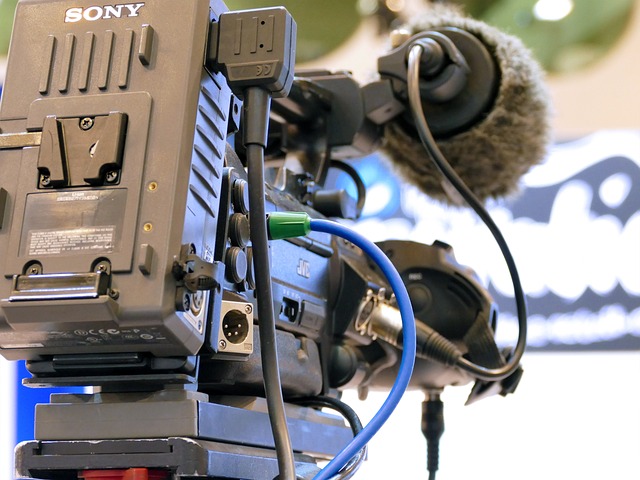Securing Sync Placements: A Practical Guide for Musicians
This guide outlines practical steps musicians can take to pursue sync placements for film, TV, advertising and games. It covers preparation of material, essential rights and contracts, and approaches to promotion and networking to improve chances of licensing opportunities.

Securing Sync Placements: A Practical Guide for Musicians
Sync placements—having your music used in film, television, advertising or games—require both creative readiness and administrative clarity. This guide explains practical steps musicians can take to prepare tracks, manage rights, and connect with music supervisors and other industry contacts. It focuses on building a reliable portfolio, understanding licensing and royalties, and adapting workflows for freelancing, remote collaboration, studio production and touring schedules.
How does sync licensing work and what are royalties
Sync licensing grants permission to pair recorded music with visual media; a sync license covers the composition and often a master license covers a specific recording. Understanding how publishing royalties and performance royalties flow—mechanical, performance, and synchronization fees—helps you set expectations. Many placements involve upfront sync fees plus continuing royalties collected via performing rights organizations (PROs) and publishers. Clear metadata and correct splits are essential so licensing income and royalties can be tracked and distributed accurately.
How to build a portfolio tailored for sync
Create a concise portfolio that highlights mood, length variants and stems for easy editing. Include instrumental versions, short cues and variations for common scene types: tension, resolution, ambience, and upbeat transitions. Label files with tempo, key and suggested scene use. Make a lightweight showcase page or a private remote folder for sharing with supervisors, and keep versions optimized for quick preview rather than long album tracks. A focused portfolio demonstrates production consistency and makes sync-ready material easier to pitch.
What production, mixing and mastering choices matter
Production choices influence how adaptable a track will be for editors. Mixes that leave space in frequency and dynamics can be more usable; consider stems for dialogue-friendly mixes. Mastering should aim for industry loudness standards but allow for stems that can be adjusted. In remote freelancing contexts or studio sessions, agree on deliverables—stems, alternate mixes, and instrumental tracks—so editors and supervisors can tailor music to picture. Clean, organized files speed clearance and increase placement likelihood.
What to know about contracts, splits and licensing paperwork
Contracts must specify sync license scope, territory, term, exclusivity and payment terms. Publishing splits should be documented before a placement is negotiated to avoid disputes. When collaborating, create written agreements outlining ownership and royalty shares, especially if stems or alternate versions are used. If you work with a publisher or agent, clarify what rights they control and how licensing negotiations are handled. Accurate cue sheets and metadata ensure performance royalties are correctly allocated after broadcast or streaming.
How to use networking, promotion and distribution for sync opportunities
Targeted networking is key: build relationships with music supervisors, editors, ad agencies and fellow composers through industry events, online communities and local services. Promotion should prioritize relevance over volume—deliver concise pitches referencing a specific project or mood rather than generic outreach. Distribute your work through platforms that support licensing opportunities, and maintain an organized, searchable catalog for supervisors to browse. Collaboration with other creators can expand reach and create new distribution avenues for sync.
How freelancing, remote work, studio time and touring affect placements
Freelancing and remote production allow quick turnaround and flexibility for revision requests common in sync work. Maintain a streamlined home setup for creating high-quality demos and a plan for booking studio sessions when needed for final masters. Touring and other commitments require coordination—set automated responses, delegate admin tasks where possible, and keep a reliable collaborator or point person for clearance and contracts. Collaboration tools and cloud distribution help you deliver assets on time and preserve opportunities while managing other professional activities.
Conclusion
Securing sync placements blends musical craft with administrative preparation: prepare sync-friendly assets, document rights and splits, refine production and mastering for editorial flexibility, and pursue targeted networking and promotion. Clear contracts and accurate metadata protect income streams from licensing and royalties, while adaptable workflows support freelancing, remote work and studio sessions alongside other obligations. Consistency and professionalism increase the chances that your music will be selected and smoothly cleared for use.






